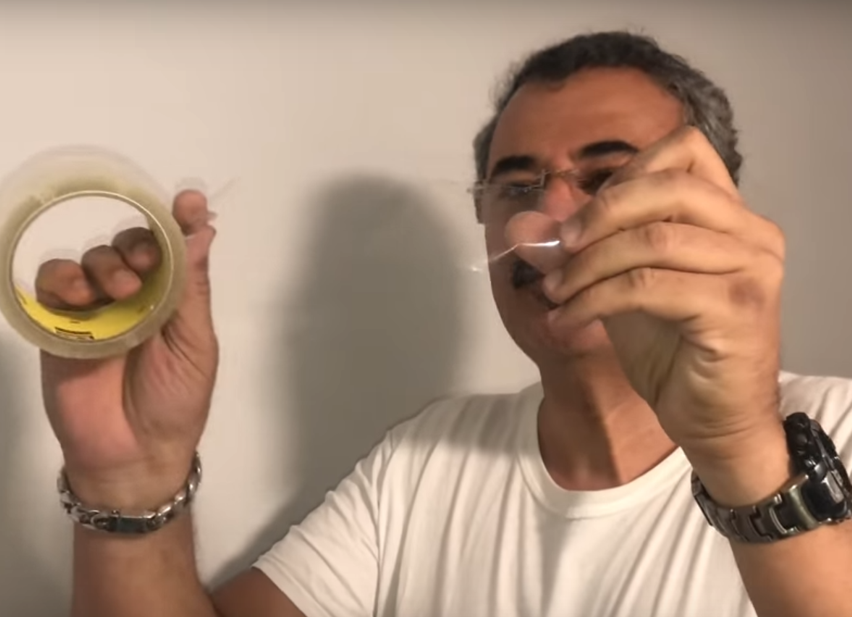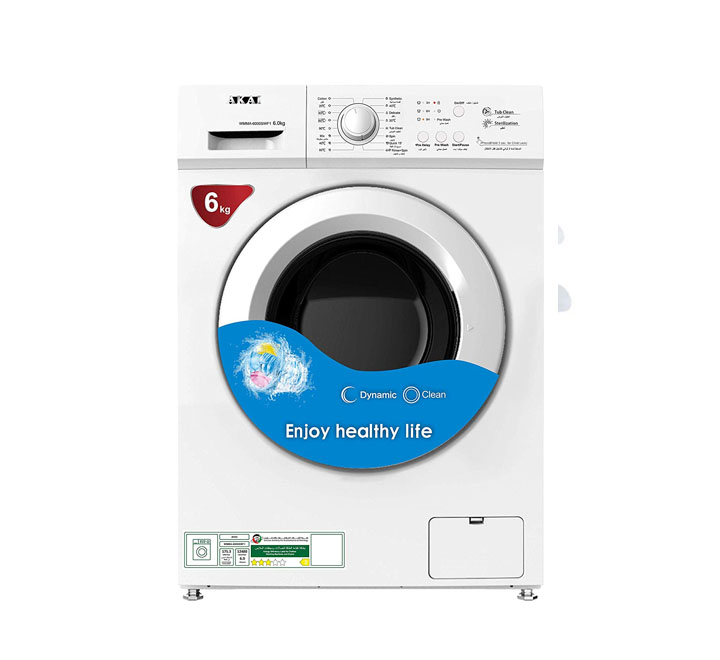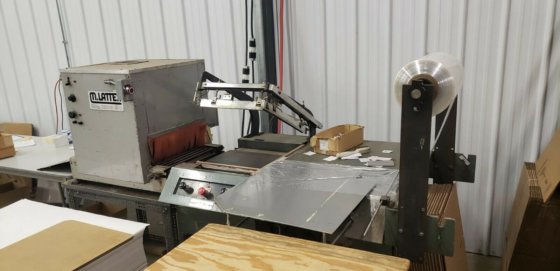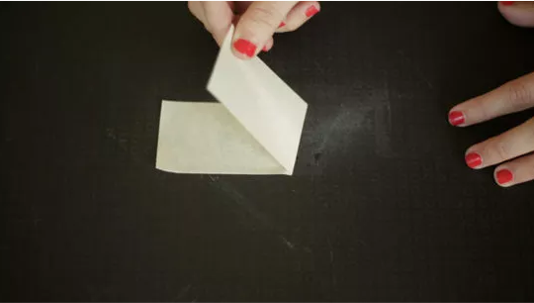In Southern California Just In Time Packaging had a long running kitting deal with Costco. They ran the same kitting job for the past three seasons, which runs every year from November to January. The job is to bundle trial size toiletries to a full-sized complementary product using a double-sided adhesive tape. The pair would then get shrink wrapped and go into a heat shrink tunnel.

The job ran smoothly for three seasons, until one day when it didn’t.
Soon after a frantic call to the tape supplier, their sales rep Frank promptly visited Just In Time Packaging. He went through the usual suspects: clean surface? Check. Workers applying pressure against the adhesive? Check. Just In Time asked Frank if they changed the adhesive formula. Frank stated it had not changed.
“Then what’s going on, Frank? We had no issues for the past three years and nothing has changed.”

Frank was in the pressure sensitive tape industry for 23 years and has seen several scenarios where the adhesive began to fail “without explanation.”
Frank recalled a similar situation where a foam tape suddenly failed after years of successful application. The foam tape was being applied in a point of purchase signage that attached to the glass window of a front loading washing machine. The signage weighed only a couple of ounces, but the foam tape would no longer hold the POP display to the glass door. Frank asked the customer if there had been a change to the cleaning of the glass or change in the glass itself. The customer stated there had been no change. Frank cleaned the glass surface with 70% isopropyl to remove any residue that may have been used to clean the glass. The tape continued to fail. Frank then tested the dynes level of the glass. It showed very low surface energy, which meant adhesive would be hard to bond to the surface of the glass. Frank asked the customer if they had an older washing machine unit he could see. He was directed to a display unit that was on display at the factory. Frank tested that glass door and discovered that it had a much higher surface tension. The foam tape did bond to that glass. So unknown to his customer, the glass manufactured applied a protective coating on the glass, causing the lowering of the surface tension. The fix was to use a specialized foam tape for low surface energy surfaces.

Frank suspected that a change in the plastic of the toiletry container had changed. He tested the dynes level and to his surprise it demonstrated a high surface tension. Frank placed his roll of tape on top of the heat shrink machine and scratched his head. He was running out of ideas. He shivered. It was cold in the warehouse this early December in Southern California.
“So what’s the fix, Frank?” His customer asked.
“I’m not sure,” Frank said. “We ran through the usual reasons why tape suddenly fails. And I see that nothing has changed with the application, substrates, and adhesive.”
The customer took the roll of tape from atop of the shrink wrap machine and looked at the adhesive.
“Maybe we should consider another tape, Frank? You are costing us not only money but this account is in jeopardy if we can’t get the product out.”
Almost absentminded while he waited for Frank to respond, the customer peeled off the 1” x 1” piece of adhesive from the roll, placed it on the product, attached the toiletry, and it stuck. The customer promptly removed several more pieces and the tape suddenly worked!
Apparently, while the roll of tape sat on top of the shrink wrap machine, it heated the adhesive. Since the warehouse had never seen very cold temperatures, the adhesive was never exposed to the cold in the past. The low temperature inhibited the flow of the adhesive. Adhesive flow is necessary in pressure sensitive adhesive so the adhesive spreads adequately over the surface.

If your adhesive tape suddenly begins to fail in the winter, suspect the cold weather not allowing the adhesive to flow.
